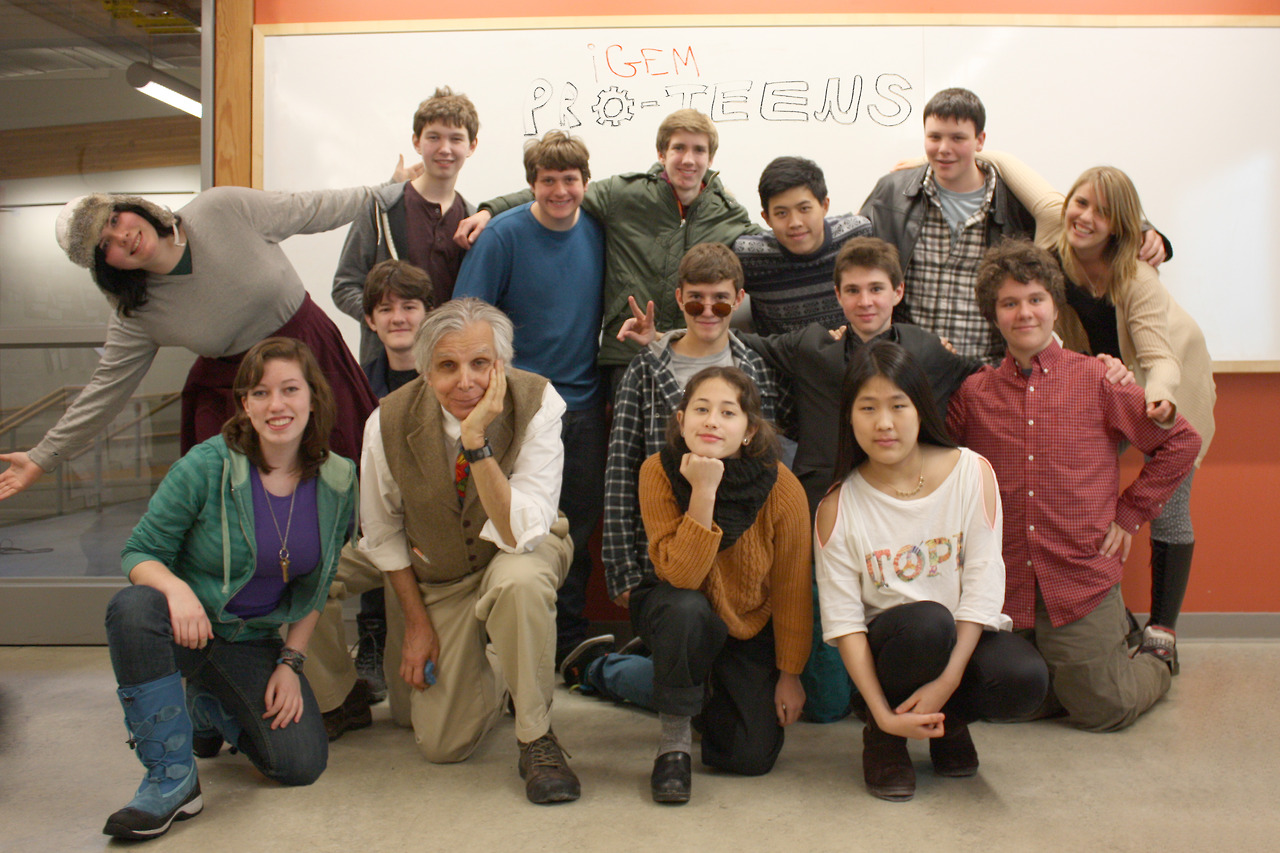Team:CSWProteens
From 2014hs.igem.org
- a team description
- project description
- safety information (did your team take a safety training course? were you supervised in the lab?)
- team attribution (who did what part of your project?)
- lab notebook
- sponsor information
- other information
Example: 2013hs.igem.org/Team:CSWProteens/Our_Pets
| You can write a background of your team here. Give us a background of your team, the members, etc. Or tell us more about something of your choosing. | |
|
Tell us more about your project. Give us background. Use this as the abstract of your project. Be descriptive but concise (1-2 paragraphs) | File:CSWProteens team.png Your team picture |
| Team CSWProteens |
| Official Team Profile |
|---|
Contents |
Team
Tell us about your team, your school!
Project
Annually, about 5% to 15% of agricultural produce is lost due to frost. The formation of ice damages plants by rupturing cells and also through dehydration as water molecules are drawn out of tissue. Current solutions to this problem - such as using heat or covering crops with protective material - are cumbersome, costly, and not fully preventative. Synthetic antifreeze chemicals have not been proven to work. Even if they did, they would need to be applied repeatedly, at great cost, and may also leave residues in the environment. The CSW ProTeens aim to design a synthetic biology solution to this problem with a nonpathogenic strain of E. coli able to produce and secrete RiAFP (Rhagium inquisitor Antifreeze Protein) using a part that the Yale ‘11 iGEM team developed. RiAFP is an insect antifreeze protein from Rhagium inquisitor and the most efficient AFP known. RiAFP, unlike synthetic chemicals, should not be harmful if ingested. We are not sure yet whether this method is effective on an industrial scale and will need to test this. We wish to control the population of the E.coli by designing a kill switch mechanism that will prevent excessive growth as well as use a type 1 secretion system designed by the Utah State University ‘09 iGEM team to transport the protein directly to the extracellular space.
Notebook
Show us how you spent your days.
Results/Conclusions
What did you achieve over the course of your semester?
Safety
What safety precautions did your team take? Did you take a safety training course? Were you supervised at all times in the lab?
Attributions
Who worked on what?
Human Practices
What impact does/will your project have on the public?
Fun!
What was your favorite team snack?? Have a picture of your team mascot?
<forum_subtle />
 "
"
